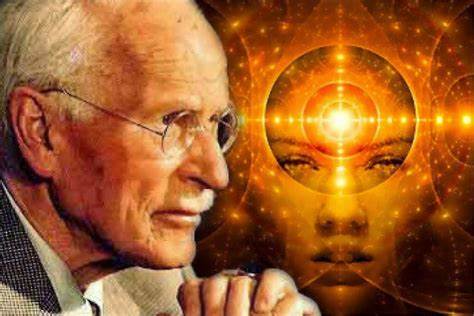So what is choosing EI all about?
I have often written about how Mindfulness lies at the heart of my work, well at the heart of the heart is Emotional Intelligence (EI).
 There is a great quote from Victor Frankl which outlines the intrinsic benefit within EI, “in between the stimulus and the response there is a space, and in that space is your power and your freedom.”
There is a great quote from Victor Frankl which outlines the intrinsic benefit within EI, “in between the stimulus and the response there is a space, and in that space is your power and your freedom.”
Frankl’s space is a metaphor the million miles that lie between reaction and response.
I can thank EI for so much of my journey. Probably nearly 20 years now. But what is it that is so important? Harvard Business School has cited that those students with high Emotional Intelligence are likely to have more successful careers than those with just high academic performance.
IQ might get you a position, but EI moves you forward. Emotional Intelligence is the foundation stone of effective relationships and so propels careers as well as building friendships, trust and loyalty.
Why is this?
In an recent edition of the “Being Well” podcast with Dr Rick Hanson, Daniel Goleman the writer who first defined EI, described it succinctly as “handling ourselves; handling relationships”. By understanding and learning to regulate ourselves we can build and sustain more effective relationships with others.
Although founded on ourselves, it is a social framework. When I lead Equine Facilitated Learning sessions I always talk about EI being the unconscious framework that we need to engage if we are to create an effective interaction. But it goes way beyond the horses.
Returning to Victor Frankl’s quote in the space between stimulus and respons e there is the opportunity to engage the best possible version of ourselves. Our best self for the situation, for those we are with, and for their circumstances.
e there is the opportunity to engage the best possible version of ourselves. Our best self for the situation, for those we are with, and for their circumstances.
How do we develop this skill?
I did not want to repeat Goleman’s framework here, but I wanted to share my view on “how to”.
There are four elements in my “how to”
Recognising change: understanding that we can change, EI is recognised as a skill that we can build throughout our lives. The concept of neuroplasticity proves it. We just need to be open to the possibility
Building awareness: developing objective and honest understanding of ourselves and how we are moment by moment. And similarly, an awareness of others, opening our empathic understanding of what their feelings and emotions.
Gathering feedback: being open to feedback, taking it on board and learning to act appropriately upon it. Feedback from our own emotional systems, and feedback from those with whom we interact. That feedback represents information, information which we can choose to work with.
The pause: the space in which we can choose our direction. A place where we can own who and how we are. Own our emotions and own our behaviour. We can engage with the best possible version of ourselves. This is the space where what I have elsewhere written of as the “Cycle of Somatic Presence” resides.
In these steps we bring to life the effectiveness within the EI framework. In these steps we connect with Frankl’s power and freedom.
We have a choice. There is always a choice. It is EI that opens us to that choice.




